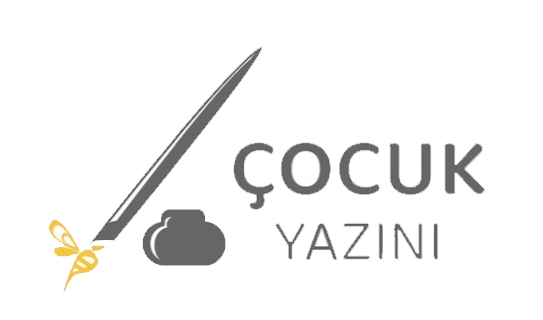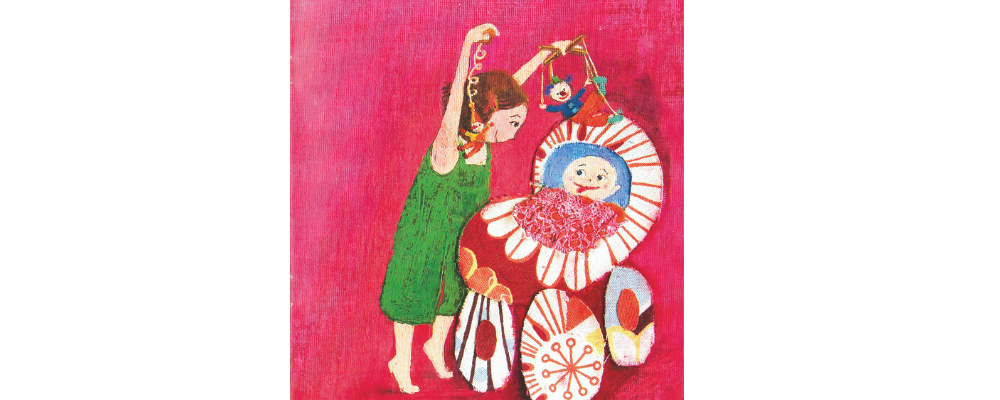Another Mother opens up a discussion for children about a problem that many people have experienced during certain ages: not loving the family and be ashamed of them.
Another Mother opens up a discussion for children about a problem that many people have experienced during certain ages: not loving the family and be ashamed of them. In terms of addressing family and social issues, this book is an example of problem-specific children's books. When talking about the features of problem-specific children's books, Selahattin Dilidüzgün says that these books should include values ??and problems which matters at the age of the reader. He argues that the children, who considers a world similar to their own problems in literary products, will be conscious. He further adds that books should be guides only, not fast-recipe for solving these problems. To do this, a book should offer versatile solutions (77-78). In A Different Mother is about a little character, who does not like her parents, finds the truth and reaches the conclusion with an inference. However, there are some minor problems in the book.
In the story, a girl, who has a 'different' mother of whom is ashamed, does not want her mother to take her from the school. She wants her mother to resemble everyone else, and keeps drawing the pictures of the mother in her dreams. Her mother, who is different from everybody else by her clothes and actions, draws attention with her different way of thinking. She wears strange pants and shoes, and makes her hair weird enough to be funny. It is a mother, who takes the fish in the aquarium under umbrella in rainy weathers, prepares birthday parties like the circus, and produces different ideas like jumping by putting bows under the shoes. When we follow these differences in the book, we find an environment where social gender roles, norms, stereotyped rituals and traditions are discussed. Our little character initially sees these things as embarrassing situations, but then thinks these differences point to good, not bad, and the book ends when the main character understands how valuable her mother is. In this sense, the story carries the feature of being a miniature bildungsroman.
The information related to the gender role in the child’s thoughts is concerned to the primary outfits. The book emphasizes the fact that women in particular wear dresses and skirts, trousers are part of men, and a real mother wears high-heeled shoes. In the illustrations in the book, the little girl and the mother are found colorfully in the front, while other mother figures that the girl dreams are colorlessly drawn at the back. Almost all of these mothers wear skirts, dresses and high heels. The little girl's mother has a collection of pants. Moreover, each of them are interesting trousers. A large page of the book was devoted to the display of this collection, thus her mother's difference was highly emphasized and her wearing of pants was conveyed as something embarrassing for the little girl.
Apart from these, the little girl draws pictures of her imaginary mother figures, who wear skirts, dresses and high heels in a similar way. The important part about this issue is the lessons that the little girl realizes at the end of the book. After saying, “[I wish] my mother would wear skirts just like Beril’s mother” (27), she realizes that her mother will not be cycling a bike with skirts, and when she dreams her mother wearing high heels, she realizes that her mother could not climb trees. On the page where both results are shown, the little girl is alone and unhappy. In the first case; she cycles a bike without her mother because of the torn skirt. In the second case; the girl on the tree looks at her mother who cannot climb, and the mother is again behind her. With such cases, the conclusion prepared to the children is that the important thing is not appearance but to spend time together and be loved.
Another social role emphasized in the book is the image of matronly mothers who take care of babies. On the contrary, her mother never touch their feet to the ground at all; she either jumps by putting bows under her shoes, or fly on the balloons, or wander on a unicycle. Similarly, the little girl says that her birthday parties are not similar to those prepared by other mothers. On that page, her mother is on a unicycle, smiling and carrying presents, while the other mothers with a skirt are standing and looking at her with astonishment. In this page, even the skirt fabrics of the mothers were selected as the same, they were justified to emphasize "being like everyone".
In addition, a situation that is peculiar to women is underlined: Women care children. The little girl thinks that her mother should take care of a baby because she should look like other mothers. Because there is information in her mind that "Mothers care for babies". In the end, however, she realizes that if there will be a baby, then her mother will be less interested in herself, and she gives up asking for it.
As mentioned at the beginning of the article, the most important problem of the book is that the girl finds the truth very fast and easily. No matter what their age group, children are identified with the character they read. Therefore, it is important that the characters are close to the real characters and world. Besides, the events must be in the appropriate flow. The little girl in the story was able to say "my mother is wonderful" with a quick pass over a few examples of the problem that she is obsessed with. I think that children's books written with problem-specific approach should not be delivered to such a sudden and one-way solution. A critical event in which the little girl could understand the value of her own mother could have been more persuasive to read the conclusion.
Bibliography
Albukrek, Sandra-Navaro, Sebban Leyla. Başka Bir Anne. İstanbul: Can Yayınları, 2011.
Dilidüzgün, Selahattin. Çağdaş Çocuk Yazını. İstanbul: Morpa Kültür Yayınları, 2004.

